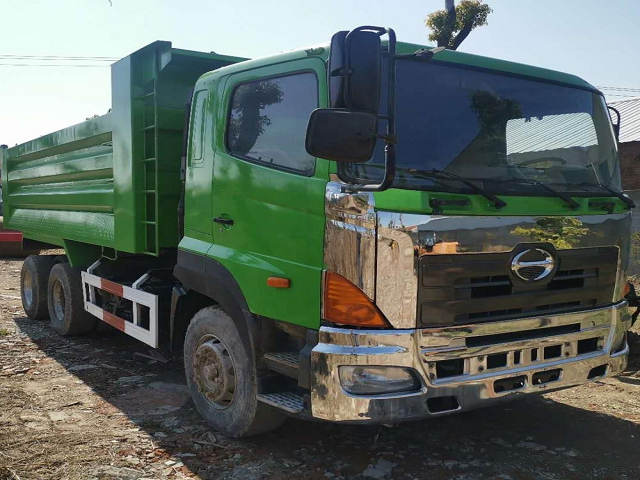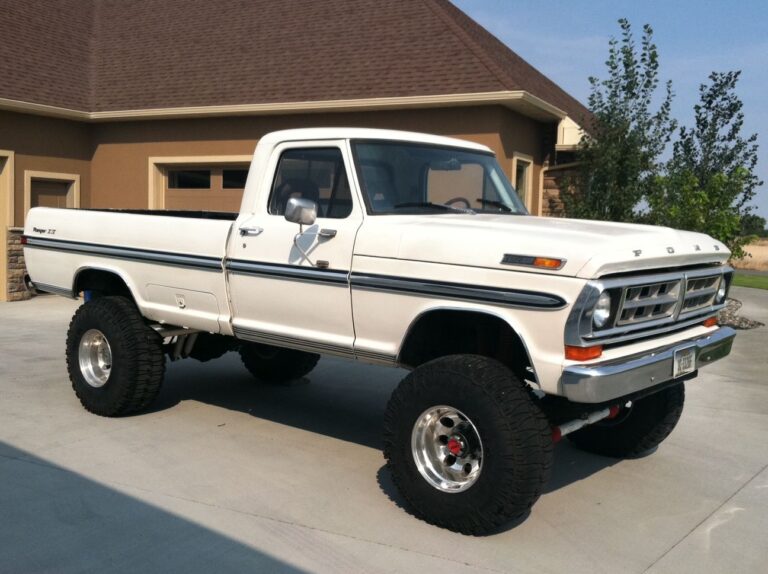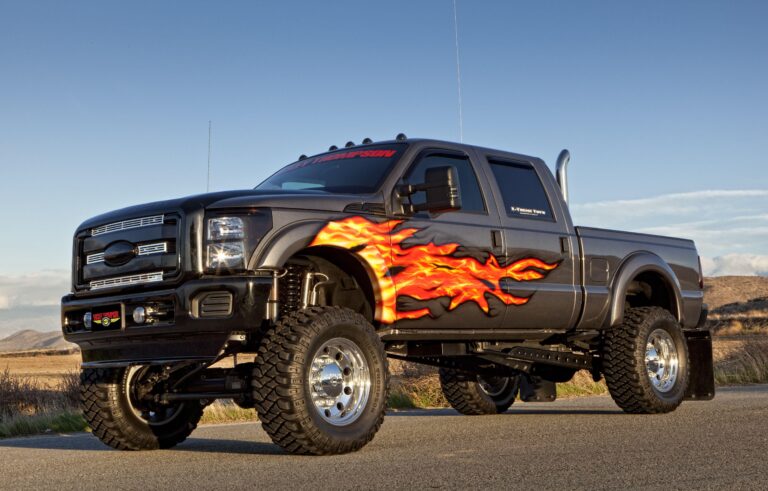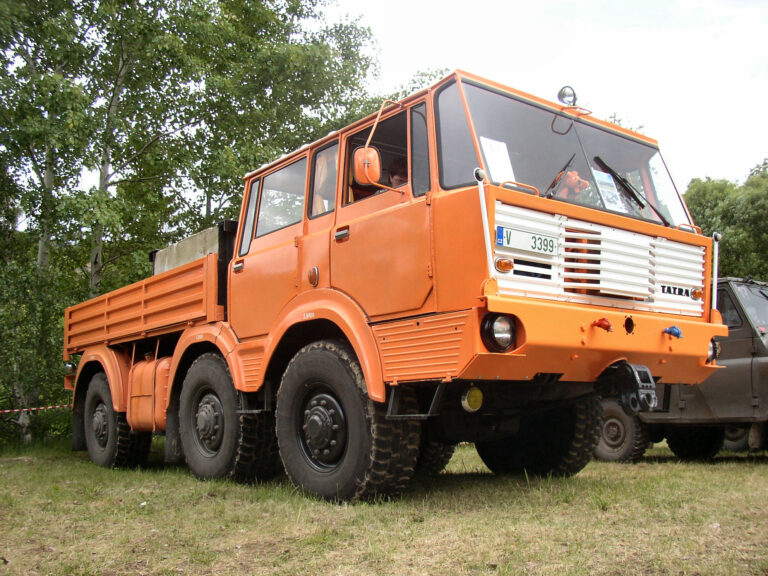Truck Cap Fit: The Intricacies of Fitting Caps to Ford F-Series Trucks
Truck Cap Fit: The Intricacies of Fitting Caps to Ford F-Series Trucks cars.truckstrend.com
The Ford F-Series, a titan in the automotive world, has reigned as America’s best-selling truck for decades. Its enduring popularity stems from its rugged capability, versatility, and broad appeal to both work and leisure enthusiasts. For many F-Series owners, enhancing their truck’s utility involves adding a truck cap, also known as a camper shell or topper. While seemingly straightforward, the process of achieving a perfect "Truck Cap Fit" on an "F-Series" truck is far more nuanced than simply picking a cap off the shelf.
This comprehensive guide delves into the critical factors surrounding truck cap fit, specifically focusing on the unique challenges and considerations presented by the diverse and evolving Ford F-Series lineup. Understanding these intricacies is paramount, as a proper fit goes beyond aesthetics, directly impacting protection, performance, and the overall longevity of both your truck and your investment.
Truck Cap Fit: The Intricacies of Fitting Caps to Ford F-Series Trucks
Why Fit Matters: Beyond Aesthetics
A perfectly fitted truck cap is more than just a visual complement; it’s a functional necessity that provides numerous benefits:
- Optimal Protection: A snug fit ensures superior weather sealing, safeguarding your cargo from rain, snow, dust, and extreme temperatures. It also deters theft by eliminating gaps that thieves could exploit.
- Enhanced Aerodynamics & Fuel Economy: A cap designed to flow seamlessly with your truck’s lines can actually improve aerodynamics, potentially leading to marginal gains in fuel efficiency compared to an open bed or a poorly fitting cap that creates drag.
- Structural Integrity & Safety: A well-seated cap distributes weight evenly and remains secure during driving, preventing shifting, rattling, or even detachment, which could be dangerous. Proper clamping and sealing also prevent wear and tear on your truck’s bed rails.
- Preserved Resale Value: Both for the truck and the cap itself, a cap that fits perfectly and performs as intended maintains its value. A mismatched or poorly installed cap can deter potential buyers.
- Aesthetics: While function is primary, a cap that looks like it was custom-made for your truck enhances its overall appearance and gives it a finished, integrated look.

The Ford F-Series Evolution and its Impact on Cap Fit
The "F" in "Truck Cap Fit Vs F" largely refers to the Ford F-Series, a lineage of trucks that has undergone significant design changes over its many generations. These evolutions directly impact how a truck cap will fit.
- Generational Shifts: Ford F-150s, for example, have seen dramatic redesigns approximately every 5-7 years. Each new generation often brings changes in bed length, width, depth, bed rail cap design, tailgate angles, and even the curvature of the cab. A cap designed for a 2010 F-150 will likely not fit a 2015 F-150 due to these dimension changes, let alone a 2023 model.
- F-150 vs. Super Duty (F-250, F-350, etc.): While they share the F-Series name, F-150s and Super Duty trucks typically have different bed dimensions, particularly in width and depth. A cap for an F-150 will almost never fit a Super Duty, and vice versa. Even within Super Duty lines, bed dimensions can vary slightly between models and generations.
- Bed Styles: Historically, Ford offered "Flareside" (stepside) beds alongside the more common "Styleside" (conventional) beds. Flareside beds have distinct contours that require specific cap molds. Today, most F-Series trucks use the Styleside bed, but understanding historical variations is key for older models.
- Integrated Features: Modern F-Series trucks incorporate features like integrated bed rail caps, tie-down points, and even power outlets (e.g., Pro Power Onboard in newer F-150s). A cap’s design must accommodate or work around these elements to ensure a proper seal and functionality. Aftermarket bedliners can also subtly alter bed dimensions, necessitating careful measurement.
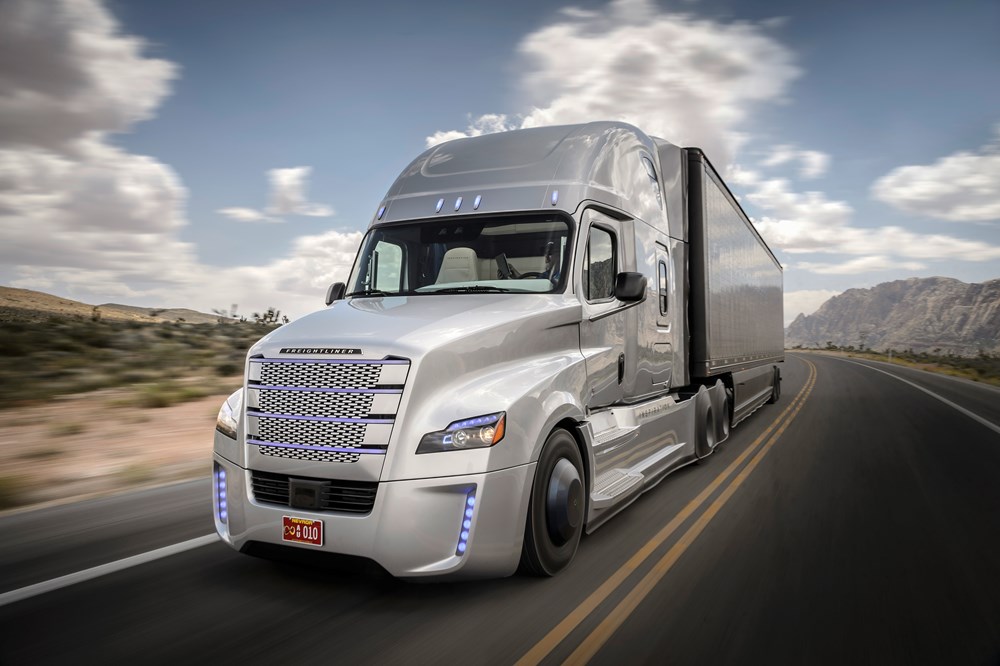
Key Dimensions and Measurements for a Perfect Fit

To ensure an ideal fit for your Ford F-Series, precise measurements are non-negotiable. Do not rely solely on your truck’s model year and bed length listed in owner’s manuals or online. Always measure your specific truck before purchasing a cap.
- Bed Length: Measure from the inside of the bulkhead (the front of the bed, nearest the cab) to the inside of the tailgate (when closed). This is the most crucial measurement for ordering. Common F-Series bed lengths include 5.5 ft, 6.5 ft, and 8 ft.
- Bed Width: Measure the width of the bed at three points: at the front (near the cab), in the middle, and at the rear (near the tailgate). Some truck beds taper slightly, so getting all three measurements helps confirm the exact dimensions. Measure from the inside edge of one bed rail to the inside edge of the opposite bed rail.
- Bed Rail Height: Measure from the floor of the truck bed (not the top of any bedliner) to the highest point of the bed rail. This is crucial for determining the overall height of the cap and ensuring it sits flush or at the desired level.
- Tailgate Design: Note the design of your tailgate. Some caps are designed to overlap the tailgate slightly for a better seal, while others sit flush with the top of the bed rails. Modern F-Series tailgates often have integrated steps or work surfaces that a cap must clear.
- Cab Height and Curvature: For aesthetic reasons, many owners prefer a "cab-high" cap that matches the height of the truck’s cab. This requires precise measurement of your cab’s height and understanding its curvature to ensure a seamless visual line.
Types of Truck Caps and Their Fit Considerations
Truck caps come in various styles, each with specific fit implications:
- Cab-High Caps: These are the most popular, designed to sit flush with the height of your F-Series cab. They offer a sleek, integrated look and good aerodynamics. Achieving a perfect cab-high fit requires precise measurement of your truck’s cab height and careful selection of a cap designed to match its contours.
- Mid-Rise Caps: Slightly taller than the cab, these caps offer increased cargo volume without significantly altering the truck’s profile. They still require precise bed dimensions but offer a bit more forgiveness in matching exact cab height.
- High-Rise Caps: Offering the maximum cargo capacity, these caps are significantly taller than the cab. While bed dimensions remain critical, the exact cab height match is less of an aesthetic concern. Often favored for commercial or utility use.
- Commercial/Work Caps: Typically made from aluminum for durability, these caps prioritize function over aesthetics. They may have different mounting systems or internal bracing. Fitment here focuses on secure attachment and robust sealing for heavy use.
- Sport/Recreational Caps: Often made of fiberglass, these caps feature various window options, roof racks, and interior finishes. Their fit is crucial for both weather protection and maintaining the truck’s sporty appearance.
Installation and Sealing for Optimal Fit
Even with the perfectly sized cap, improper installation can negate all its benefits.
- Clamping Systems: Most caps attach to the F-Series bed rails using clamps. Ensure the clamps are correctly positioned and tightened according to the manufacturer’s specifications. Over-tightening can damage the bed rails or cap, while under-tightening can lead to movement and leaks.
- Weather Stripping & Gaskets: High-quality weather stripping or gaskets are essential for a watertight seal. These are typically applied to the bottom edge of the cap where it meets the truck’s bed rails. Ensure continuous, unbroken application. Pay special attention to the front bulkhead area where water can often pool.
- Tailgate Seal Kits: Even with a well-fitted cap, water and dust can enter through the gaps around the tailgate. Tailgate seal kits are highly recommended for F-Series trucks to block these entry points, especially for owners in dusty or wet environments.
- Electrical Connections: Most caps include a third brake light and often an interior light. These require electrical connection to your truck’s wiring harness. Ensure professional and secure wiring to avoid electrical issues.
- DIY vs. Professional Installation: While many F-Series owners are capable DIYers, professional installation is highly recommended for truck caps. Installers have the tools, experience, and knowledge to ensure proper alignment, secure clamping, and effective sealing, often backed by a warranty.
Common Fit Challenges and Solutions for F-Series Owners
Despite best efforts, some fit challenges can arise:
- Gaps or Misalignments: This is usually due to inaccurate measurements, slight manufacturing variances in the cap or truck bed, or a warped cap.
- Solution: Use shims (thin, rigid spacers) to fill small gaps. For larger misalignments, professional adjustment may be needed, or in rare cases, the cap may be incompatible.
- Water Leaks: The most common complaint. Often caused by improper weather stripping, worn-out gaskets, or issues at the tailgate.
- Solution: Re-apply or replace weather stripping. Ensure all seams are sealed. Install a high-quality tailgate seal kit. Check for existing drain holes in the bed that may need sealing if they are higher than the bed floor.
- Tailgate Interference: The cap’s design might slightly rub or interfere with the tailgate’s operation.
- Solution: Minor adjustments to the cap’s position (if possible) or adding a thin shim to lift the cap slightly can resolve this.
- Vibration or Noise: Usually indicates loose clamps or insufficient cushioning between the cap and bed rails.
- Solution: Re-tighten all clamps. Add additional rubber padding or weather stripping where the cap makes contact with the truck.
Practical Advice and Actionable Insights
- Measure Thrice, Buy Once: Seriously, measure your specific F-Series truck bed dimensions (length, width, height) multiple times before ordering.
- Leverage F-Series Communities: Online forums and owner groups are invaluable resources. Search for other F-Series owners with your exact year and model to see what caps they recommend and what fit issues they encountered.
- Buy from Reputable Dealers: Purchase from authorized dealers who specialize in truck caps. They have the expertise to match the right cap to your F-Series and often offer professional installation services.
- Consider Future Upgrades: If you plan to upgrade your F-Series truck in a few years, factor this into your cap purchase. A cap designed for a current generation will likely not fit the next, so consider if a transferable cap is a priority.
- Factor in Accessories: Think about what you’ll carry on top (roof racks, kayaks, etc.) and inside (toolboxes, bed slides). Ensure the cap’s design and mounting points can accommodate these without compromising fit or function.
Concluding Summary
The quest for the perfect "Truck Cap Fit Vs F" is a journey that underscores the importance of precision, knowledge, and careful consideration. While the Ford F-Series offers unmatched versatility, its continuous evolution demands that truck cap selection be approached with meticulous attention to detail. A precise fit is not merely about aesthetics; it’s fundamental to protecting your cargo, enhancing your truck’s performance, and maximizing your investment. By understanding the critical dimensions, the impact of F-Series generational changes, and the nuances of installation, you can ensure your truck cap serves as a seamless, functional, and durable extension of your beloved Ford F-Series truck.
Truck Cap General Price Ranges (For Ford F-Series Compatible Caps)
Please note: These are general price ranges for new truck caps, compatible with various Ford F-Series models. Actual prices vary significantly based on brand, material (fiberglass, aluminum), features (windows, lighting, roof racks, carpeted interior, remote lock, etc.), retailer, location, and installation costs. "Fit" itself is not a product with a price, but the cost of the cap inherently includes its specific design for a truck model.
| Cap Type/Material | Typical Price Range (USD) | Key Fit Considerations for F-Series |
|---|---|---|
| Basic Aluminum Work Cap | $1,200 – $2,500 | Durable, often utilitarian. Fit focuses on secure clamping and weather sealing. Less emphasis on aesthetics. |
| Entry-Level Fiberglass | $2,000 – $3,500 | Cab-high or mid-rise. Good balance of price and aesthetics. Requires precise bed length & width match. |
| Mid-Range Fiberglass | $3,500 – $5,500 | Often includes features like carpeted headliner, interior light, sliding windows, color-matching paint. |
| Premium Fiberglass | $5,500 – $8,000+ | Advanced features like remote locking, power windows, integrated roof racks, specialized finishes. Demands the most precise fit for seamless integration. |
| High-Rise/Commercial | $2,500 – $6,000 | Designed for maximum cargo space. Fit is about robust attachment and load-bearing capacity. |
| Installation Cost | $150 – $400 (if separate) | Professional installation is highly recommended for proper sealing, alignment, and electrical hookup. |
| Accessories (Add-ons) | Varies ($50 – $1,000+) | Roof racks, bed liners, interior organizers, tailgate seals – chosen based on specific needs and can impact fit. |
Frequently Asked Questions (FAQ)
Q1: Can I use a truck cap from an older Ford F-150 on a newer F-150?
A1: Generally, no. Ford F-150s undergo significant bed design changes with each new generation (roughly every 5-7 years). Even if the bed length is similar, the width, bed rail cap design, tailgate angle, and cab curvature will likely be different, preventing a proper, sealed fit.
Q2: Do Ford F-150 truck caps fit Ford F-250/F-350 (Super Duty) trucks?
A2: Almost never. F-150 and Super Duty trucks have distinct bed dimensions, particularly in width and depth. A cap designed for one will not fit the other correctly.
Q3: How do I accurately measure my Ford F-Series truck bed for a cap?
A3: Measure the inside length from the bulkhead to the closed tailgate. Measure the inside width at the front, middle, and rear of the bed. Measure the height from the bed floor to the top of the bed rail. Also, measure your cab height if you want a cab-high cap. Always use a reliable tape measure and double-check your measurements.
Q4: What’s the best material for a Ford F-Series truck cap? Fiberglass or Aluminum?
A4: It depends on your needs.
- Fiberglass: Offers a sleek, automotive finish that can be color-matched to your truck, providing excellent aesthetics and good weather protection. It’s generally heavier and more expensive.
- Aluminum: Lighter, more durable for heavy-duty work, and often less expensive. It has a more utilitarian look.
The "best" material depends on your primary use (work vs. recreation), budget, and aesthetic preferences.
Q5: Why are some truck caps so expensive, especially for F-Series trucks?
A5: The cost reflects several factors:
- Custom Molding: Each cap is custom-molded to fit specific truck bed dimensions and contours, requiring significant R&D and tooling.
- Materials: High-quality fiberglass, durable aluminum, tempered glass, and robust hardware contribute to the cost.
- Features: Options like color-matching, interior lighting, carpeted headliners, power locks, roof racks, and various window configurations add to the price.
- Brand Reputation & Warranty: Reputable brands often command higher prices due to their quality control, customer service, and comprehensive warranties.
Q6: Can I install a truck cap on my Ford F-Series myself, or should I get it professionally installed?
A6: While it’s possible to DIY, professional installation is strongly recommended. Installers have the proper tools, experience, and knowledge to ensure the cap is perfectly aligned, securely clamped, and completely sealed against weather and dust. They can also handle the electrical connections for lights. A professional installation often comes with a warranty on the work.

